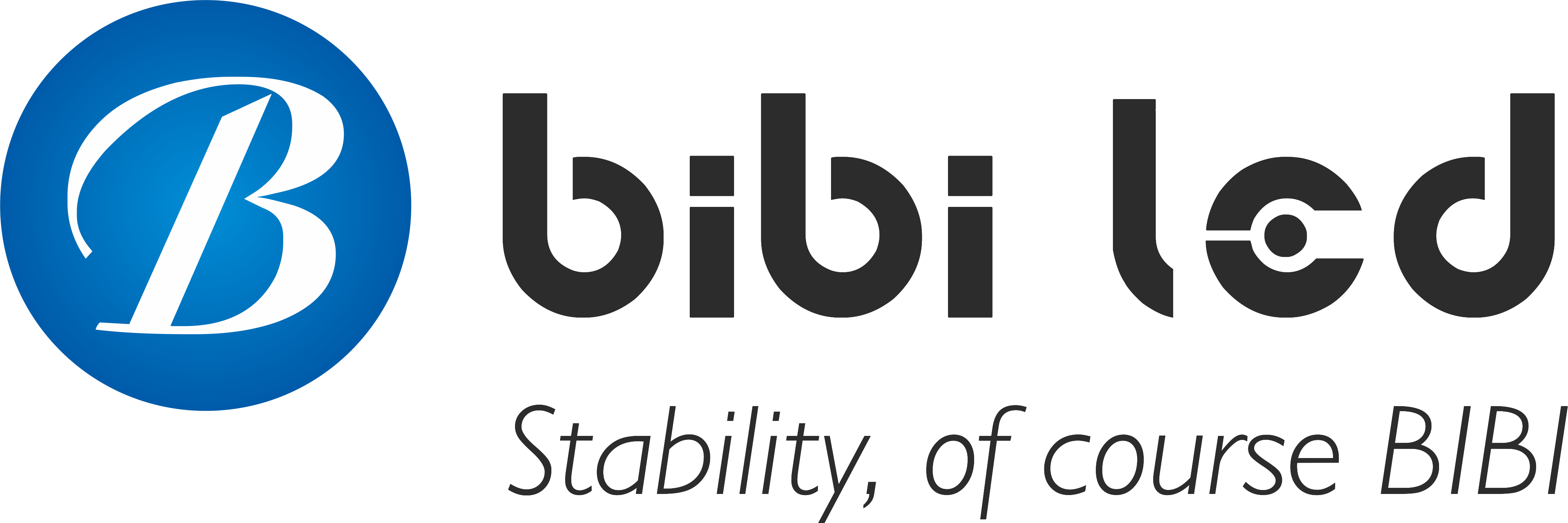序章
In today’s era of visual information explosion, how can we stand out during festivals and attract consumers’ attention?
LED screens are undoubtedly a trump card in the hands of merchants and brands. But do you know how to make LEDスクリーン truly “appropriate” and maximize their value?
目次
1. Why can't holiday marketing be separated from LED screens?
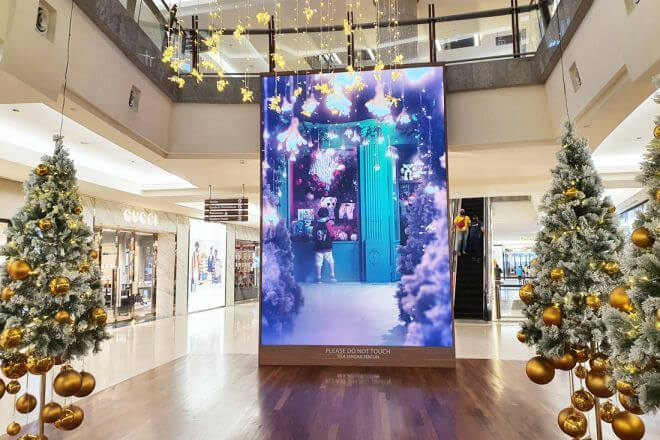
Festivals must have an atmosphere, and the first step is to “let people know that it’s a festival at a glance.”
LED screens are easier to create a strong sense of festivals in a few seconds than traditional posters and scenery.
For example, during the Mid-Autumn Festival, playing dynamic full moon, lanterns, and jade rabbit animations can immediately make passers-by feel the strong festive atmosphere.
Compared with artificially building scenery or changing lighting, LED screens only need to update content to complete the “season change”, which is fast and visually impactful. It is the fastest starter of the festive atmosphere.
During the festival, the most feared thing for brands is “no one pays attention”.
高い 輝度 and dynamic content of LED screens can prevent brands from being drowned in the crowd during the festival.
In particular, combining customized content with holiday themes, such as “Happy New Year” + brand mascot interactive animation.
Can not only enhance brand recognition but also leave a good impression in people’s minds that “this store is very festive”.
The more brands perform during festivals, the easier it is to remember.
In the past, holiday marketing often required a lot of paper materials and props for decoration, which was not only expensive and space-consuming, but also not environmentally friendly.
LED screens can be used for multiple purposes – playing holiday promotion information during the day and switching to light shows or animations at night.
The content can be updated at any time according to the time period, weather, and traffic flow, and there is no need to frequently change the layout.
Which also saves the later demolition work. Especially for chain stores, unified content + remote control saves a lot of manpower and costs.
During the holidays, when people walk on the street, go shopping, and enter stores, the first thing they see is the visual “sense of welcome”.
LED screens are precisely the creators of this “first impression”. It is usually located above the door, window, and cash register, and is a natural visual focal point.
Festival content, combined with lighting effects and dynamic visuals, is more likely to attract people to stop than any static layout, bringing the first wave of “festival bonuses” of traffic and conversion to the brand.
2. "Content strategies" for different festivals
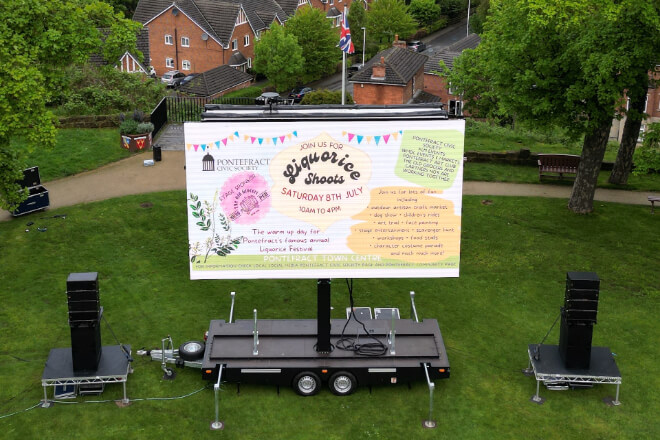
Content strategies for different festivals can enable LED displays to convey the festive atmosphere more accurately, enhance the brand’s appeal.
And encourage user participation. The following is a detailed description of several major festivals.
1). Spring Festival
The Spring Festival content is mainly red and gold, symbolizing joy and auspiciousness. Common New Year elements on the screen.
Such as lanterns, firecrackers, lion dances, and the God of Wealth, are combined with New Year greetings to instantly create a strong festive atmosphere.
At the same time, combined with promotional information, sales activities during the festival are promoted, allowing customers to feel the joy of the festival while also intuitively understanding the discount content.
2). Valentine’s Day
The content of Valentine’s Day is mostly warm-toned, with pink, red, and orange bringing a warm and romantic visual experience.
Dynamic love hearts, roses, and couple silhouettes frequently appear, supplemented by romantic interactive sentences.
For example, “Send TA a ‘heart-moving’ gift” to enhance the emotional resonance of users.
This type of content not only attracts couples but also stimulates the atmosphere on site and promotes consumption.
3). Children’s Day
The content of Children’s Day is mainly bright macaron colors and colorful series, with lively cartoon characters and animation effects.
The relaxed and happy pictures are more likely to attract the attention of children and parents.
Through parent-child interactive recommendations, children’s new product introductions, and limited-time discount information, family users are more involved and motivated to buy.
4). Christmas
The content design of Christmas revolves around red, green, and white, supplemented by gold embellishments, full of festive warmth. Snowflakes falling, Christmas trees, gift boxes, and elk are common screen elements.
Dynamic content, such as countdowns and gift promotions, can create a sense of urgency and stimulate consumers’ shopping desire.
When playing in the evening, it is matched with soft lighting and music to create a warm and romantic atmosphere.
5). Halloween
Halloween tends to be in black, orange, and purple mysterious tones, with pumpkin lanterns, ghosts, witch hats, and bats often appearing on the screen.
With the fun slogan of “trick or treat”, combined with theme dress-up activities and interactive game reminders, the festival is more interesting and attracts young people and family users to participate.
3. 4 ways to present "seasonal" content on LED screens

During the festival, how can the content on the LED screen be “seasonal” enough? Patterns and colors alone are not enough.
And the right “patterns” must be used to attract people. In fact, there are four common ways to present content, each with its own magical uses.
The first is a combination of video, dynamic content, and graphic presentation. Moving videos are more eye-catching than static pictures, with bright colors and smooth pictures, which can make passers-by stop and watch at a glance.
For example, during the Spring Festival, the LED screen at the Beijing Guomao Bridge will play dynamic pictures of swaying red lanterns.
Dancing lions, and blasting firecrackers every year, and the strong flavor of the New Year will instantly come to the face.
At the same time, the screen will also display Spring Festival promotion information and New Year greetings, which are both eye-catching and practical, helping businesses to effectively convey event information.
The second is the countdown design that everyone loves to use. The seconds are decreasing one by one, which will make people feel that “time is running out, and we must act quickly.”
This sense of urgency is particularly suitable for holiday promotions.
For example, the New Year’s Eve countdown screen in Times Square, New York, attracts thousands of viewers every year, and the atmosphere is hot.
Similarly, the LED screens in shopping malls will use countdowns to remind customers during the Christmas promotion season to promote consumption impulses.
The third is the increasingly popular social interactive content projection screen. Simply put, it is to project customers’ messages, blessings, and even photos taken on the spot directly onto the screen.
Some ショッピングモール on Oxford Street in London will collect customers’ blessing phrases during Christmas and display them on the LED screen in real time to enhance the sense of festival participation and attract more people to stop.
The last trick is to guide the movement line with animation. There are many holiday activities, and it will be bad if the flow of people is messy.
For example, the LED screen in a shopping mall in Los Angeles, USA, clearly instructs customers to go to the holiday market.
And gift exchange office through dynamic arrows and jumping light spots, which is convenient for customers and improves the shopping experience.
These four presentation methods can be used flexibly to make the LED screen full of festive atmosphere, and the brand can also easily catch the eyes and hearts of customers.
4. How to create a festive atmosphere through visual design
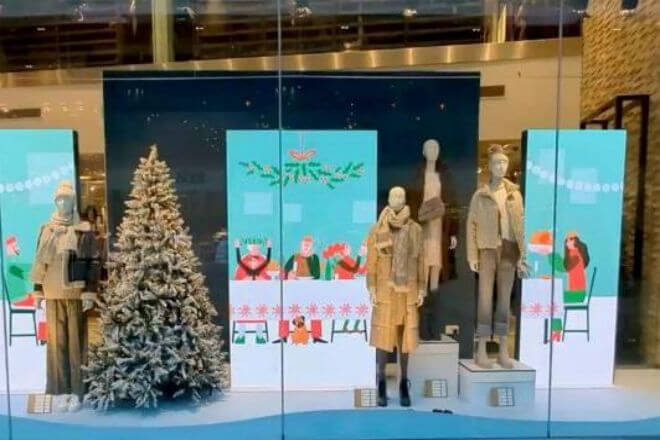
If you want to make the festive atmosphere explode, visual design is absolutely the key.
The first step is to choose the color combination that is exclusive to the festival.
For example, the classic red and green color scheme has almost become the standard for Christmas.
The LED screen at Rockefeller Center in New York uses rich red and green every year, with shining gold embellishments.
And Christmas trees and snowflake animations, instantly turning the cold winter into a warm holiday scene.
Halloween uses black, orange, and purple. The LED screen in Times Square in New York, USA, is often dominated by orange and black, with jumping pumpkin lights and ghost patterns, creating a weird and interesting atmosphere.
On Valentine’s Day, the LED screen on the Champs-Élysées in Paris will use a lot of pink and red, play dynamic love and rose animations, and instantly create a romantic atmosphere.
Design style is also very important. The visual design of traditional festivals tends to be illustration-style and hand-painted.
The Christmas LED screen on Oxford Street in London, England, uses soft illustrations of snowmen, elk, and Christmas gifts, and the pictures are warm and friendly.
In contrast, the New Year’s Eve LED screen in Shibuya, Tokyo, uses more futuristic digital art styles.
Combined with neon light effects, and the pictures are cool and full of technology, especially attracting the attention of young people.
But no matter how fancy the design is, the brand elements must not be lost. For example, the LED screen of Nike’s flagship store in Times Square, New York, is decorated with holiday-themed elements during the holidays.
But the logo and brand fonts are always prominent to ensure brand recognition and avoid being overwhelmed by the festive atmosphere.
5. Recommendations on the timing and frequency of holiday content updates
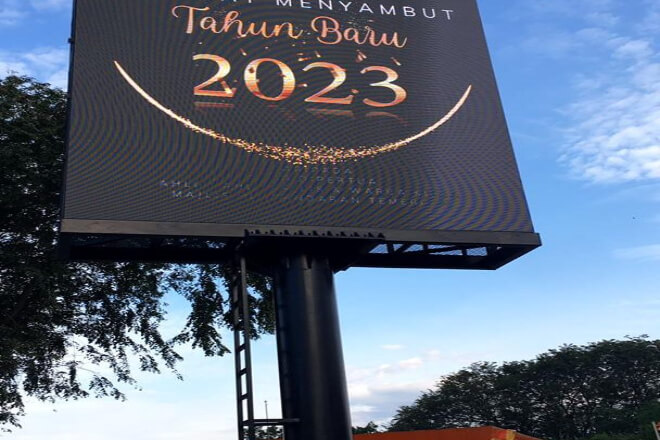
The timing and frequency of holiday content updates are crucial to the effect of LED screens.
Generally speaking, warm-up should be started one to two weeks before the holiday to allow consumers to slowly enter the festive atmosphere.
For example, during Thanksgiving, many shopping malls will play warm holiday short films and discount previews in advance to stimulate customers’ expectations.
After entering the peak holiday season, content updates should be more frequent, and it is best to have dynamic changes every day.
Or rotate the hottest holiday topics and promotions. This will not only continue to capture customers’ attention but also keep the content fresh and avoid boredom.
One or two days after the holiday, do not switch to other themes immediately, but make a smooth transition to avoid the audience feeling “out of touch”.
For example, after Christmas, the LED screen can first play some holiday reviews or winter promotions, and slowly guide consumers into the next stage of shopping rhythm.
For users who use multiple LED screens, it is recommended that the content update rhythm of the “main screen” and “sub-screen” be reasonably arranged.
The main screen focuses on playing important holiday content and promotional information, while the sub-screen can supplement some auxiliary information or interactive content. The two work together to form a richer visual experience.
6. Excellent case reference
1). New York Times Square New Year’s Eve countdown
This large screen starts to release New Year’s Eve event previews and celebrity lineup introductions 1-2 weeks before the holiday, slowly increasing the audience’s expectations.
Entering the countdown week, the content is frequently updated, including countdown animation, live highlights, and interactive voting, which continue to attract the audience’s attention.
After the event, the screen plays a wonderful review of the New Year’s Eve and New Year’s greetings, and slowly transitions to regular content to avoid a sudden drop in the atmosphere after the holiday.
2). Christmas LED screen on Oxford Street in London
Every Christmas season, the main screen on Oxford Street in London is preheated in advance, playing warm holiday animations and promotional notices.
During the holiday, various holiday theme animations, discount information, and customer message interactions are rotated, with rich and diverse content, attracting a large number of people.
After the holiday, winter new products and thank-you short films are played to achieve a smooth transition between the holiday atmosphere and regular promotions.
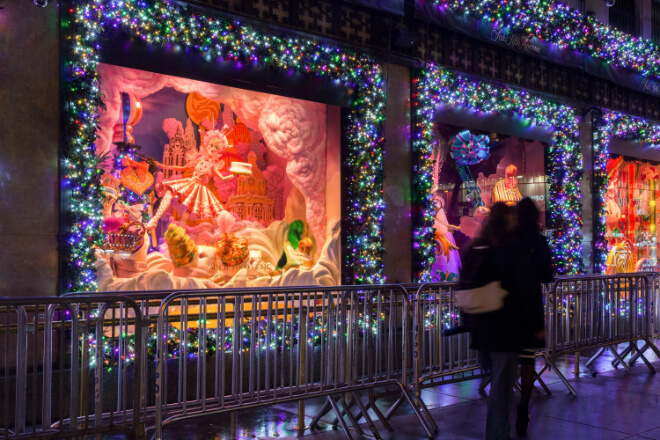
3). Christmas window LED screen on Fifth Avenue in New York
The LED screen here is combined with physical window decorations. A few weeks before the holiday, Christmas tree, snowflakes, and gift animations are played, while promotional information is scrolled.
During peak periods, content is updated frequently to attract customers to stop, take pictures, and consume.
Winter new product recommendations and thank-you words are played during the transition period after the holiday, smoothly switching between holiday and regular themes.
7. 結論
Through a well-designed holiday content strategy, clever presentation methods, and a reasonable update rhythm, LED screens can bring huge traffic and conversions to brands during the holidays.
It can not only create a strong festive atmosphere but also enhance user participation and brand favorability.
最後に、LEDディスプレイスクリーンについてさらに詳しく知りたい場合は、 ご連絡ください。
